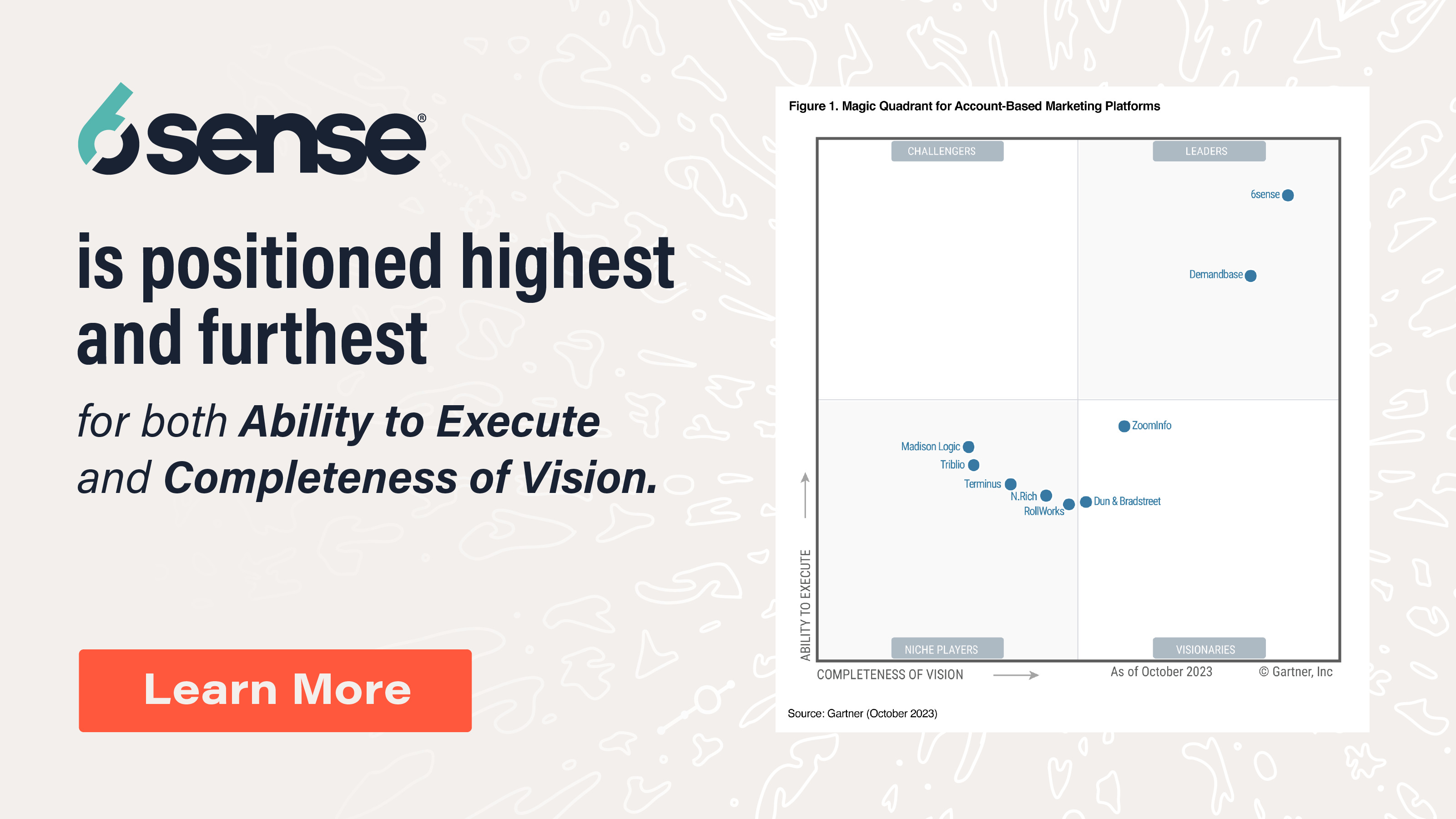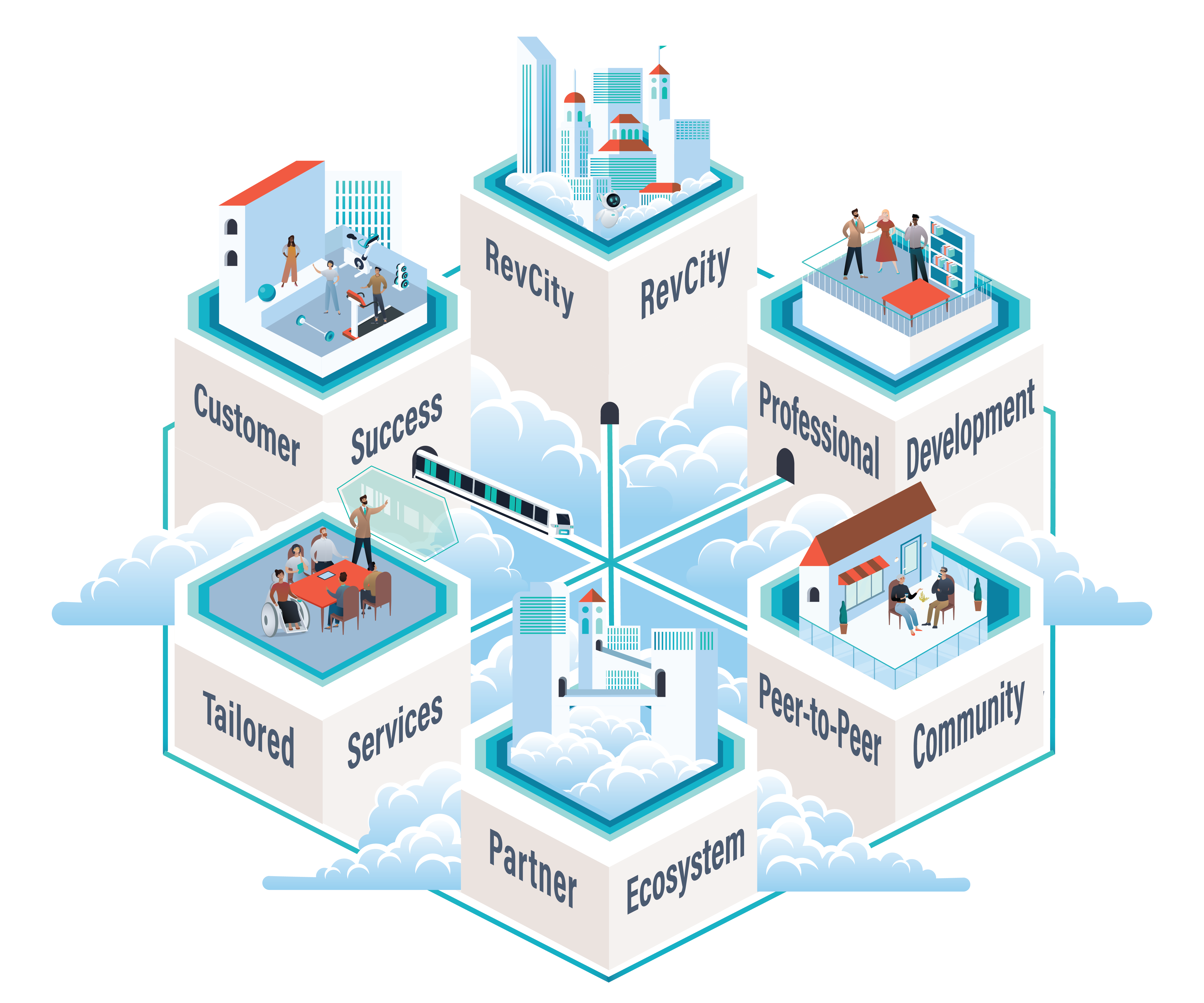Lead quality is a measure of how likely a lead in your sales pipeline is to convert into a customer. It’s important to understand and prioritize high-intent leads, as this can help you close more deals.
There are a few ways to evaluate lead quality in your CRM, and it all starts with making sure you have the right information.
Measuring Lead Quality
- Accurate contact information is essential. You’ll want the lead’s first and last name, the name of their company, their job title, and a valid email address. Having the right contact information allows you to personalize your sales efforts, and make sure you’re targeting the right people.
- Company data can also help you determine the quality of a lead. If you’re an enterprise-focused SaaS company, it may be worth targeting larger companies, as they’ll be more likely to invest in your product. On the other hand, if your product is at an early stage, smaller businesses may be the more attractive option.
- Engagement history includes the history of interactions with your content, and can give you insight into the lead’s intention to convert. Two key indicators are pages visited, and time on site. You might also look at form data and email opens.
- Conversion information are a sign that a lead is nearing the decision phase of their buying cycle. But it’s not the only signal — or necessarily even the most important.
- Buying group activity is the clearest sign that an account is ready to make a purchase. When multiple individuals within an account are researching your solution, it indicates that the buying team is seriously considering and evaluating options. Tools like 6sense, detect anonymous web activity and tie it to specific accounts, which can reveal buying group activity even when nobody is filling out forms.
How Do You Improve Lead Quality?
Lead enrichment tools help teams arrive at a list of high intent, data-rich leads from their target audience. Lead enrichment tools do this by providing your CRM with more data and updated data. This allows you to automate your lead quality scores and optimize and personalize your sales efforts.
Here’s some key buying signals that are must-haves if you want to improve lead quality and prioritization:
- Budgetary spend
- Ecosystem spend
- Psychographics
- Upcoming contract renewals
- Fundings, Mergers and Acquisitions
- Firmographics
Check out our post on buying signals to take a deeper dive into these signals.
Thanks to technology, billions of daily interactions are being recorded on devices all around the world, capturing tons of consumer intent data every passing second. Revenue AI for Sales, a powerful sales intelligence and lead enrichment tool, harnesses the power of big data to predict your next customer with pinpoint accuracy.
Using market segmentation tools such as psychographics, technographics, and firmographics, 6sense analyzes variables pertinent to your business, as well as buying intent signals that reveal topics of interest and likely buying stage. This leaves you with high-precision, high-intent leads that you can bank on.






